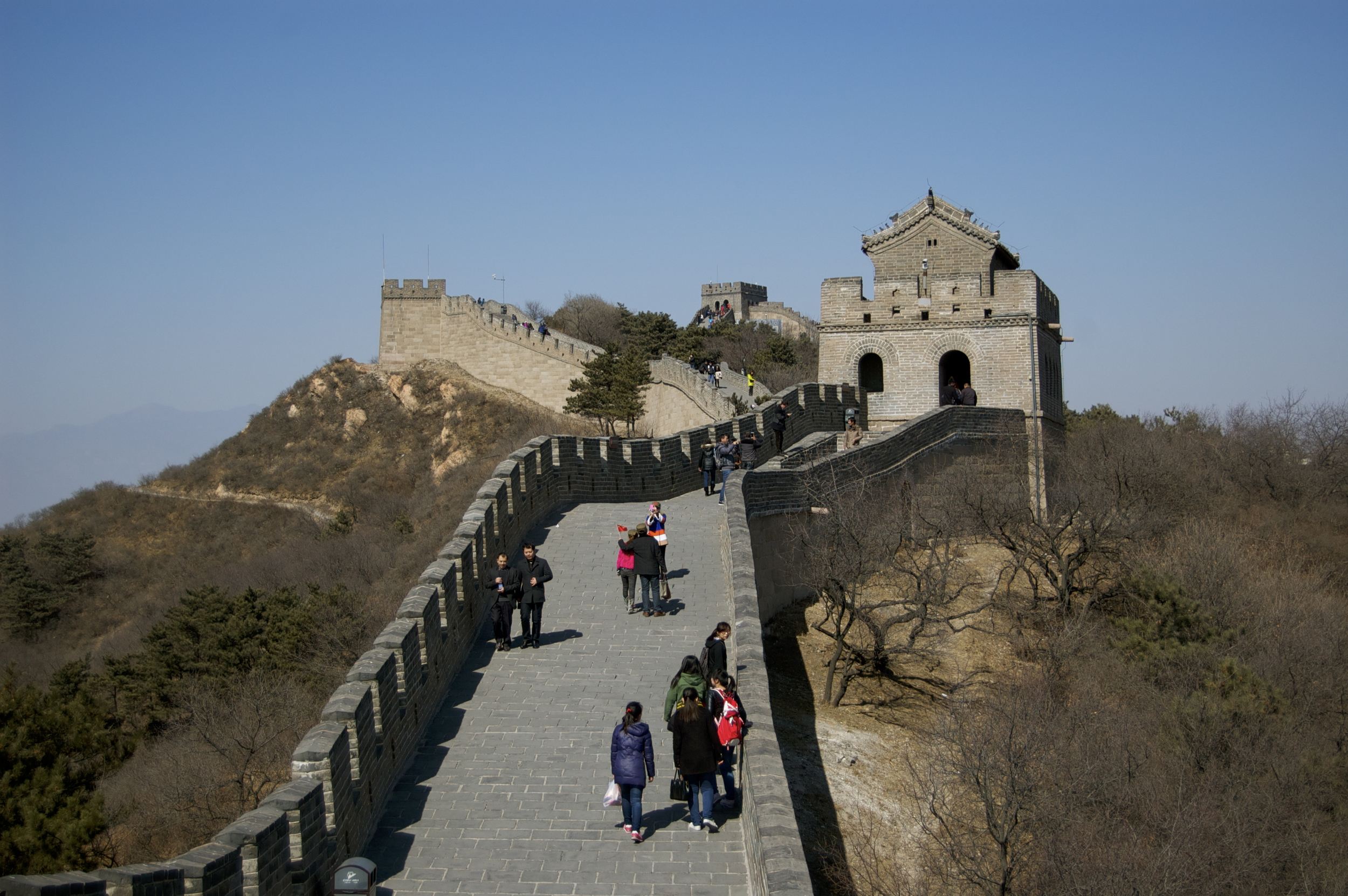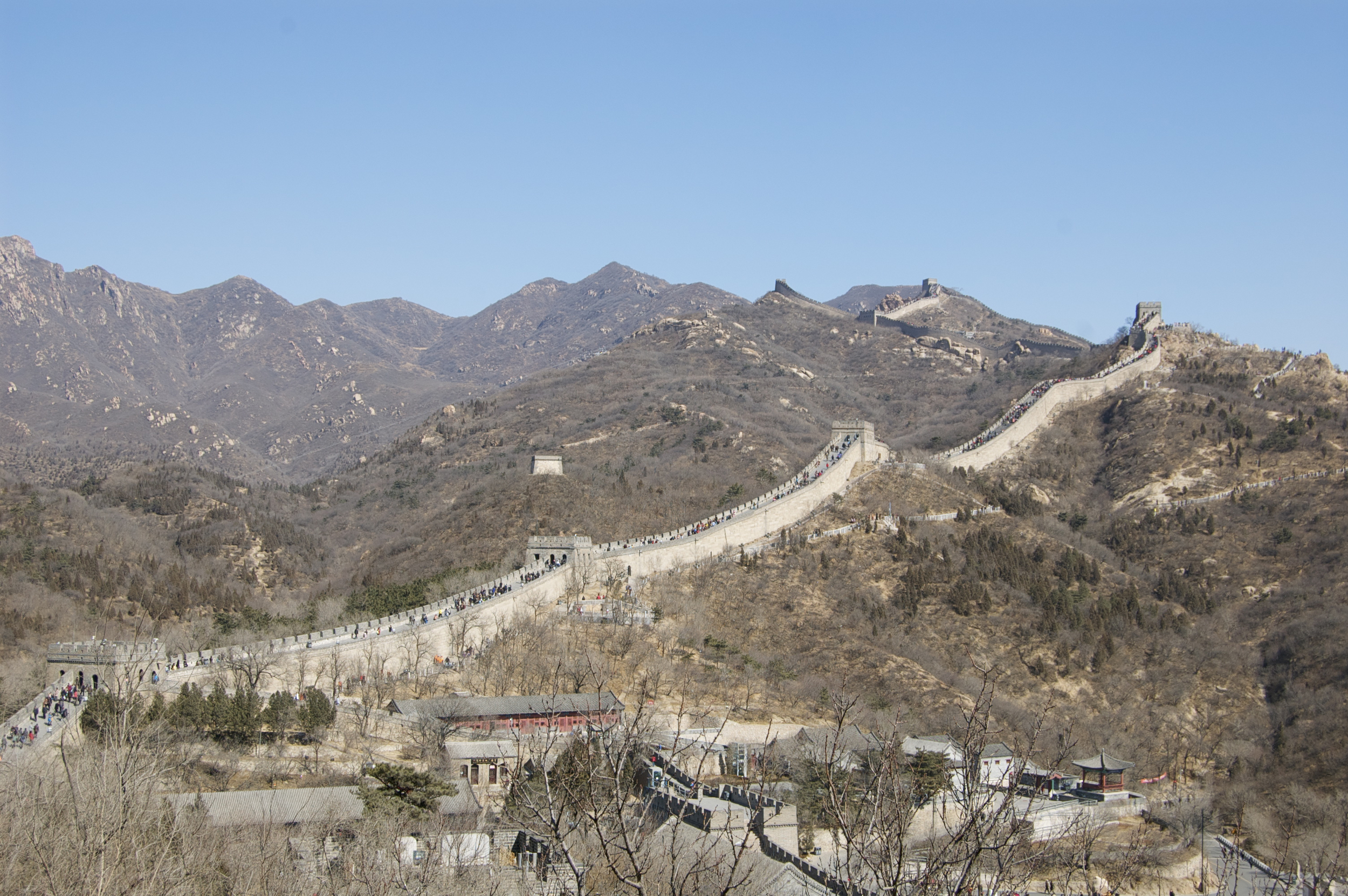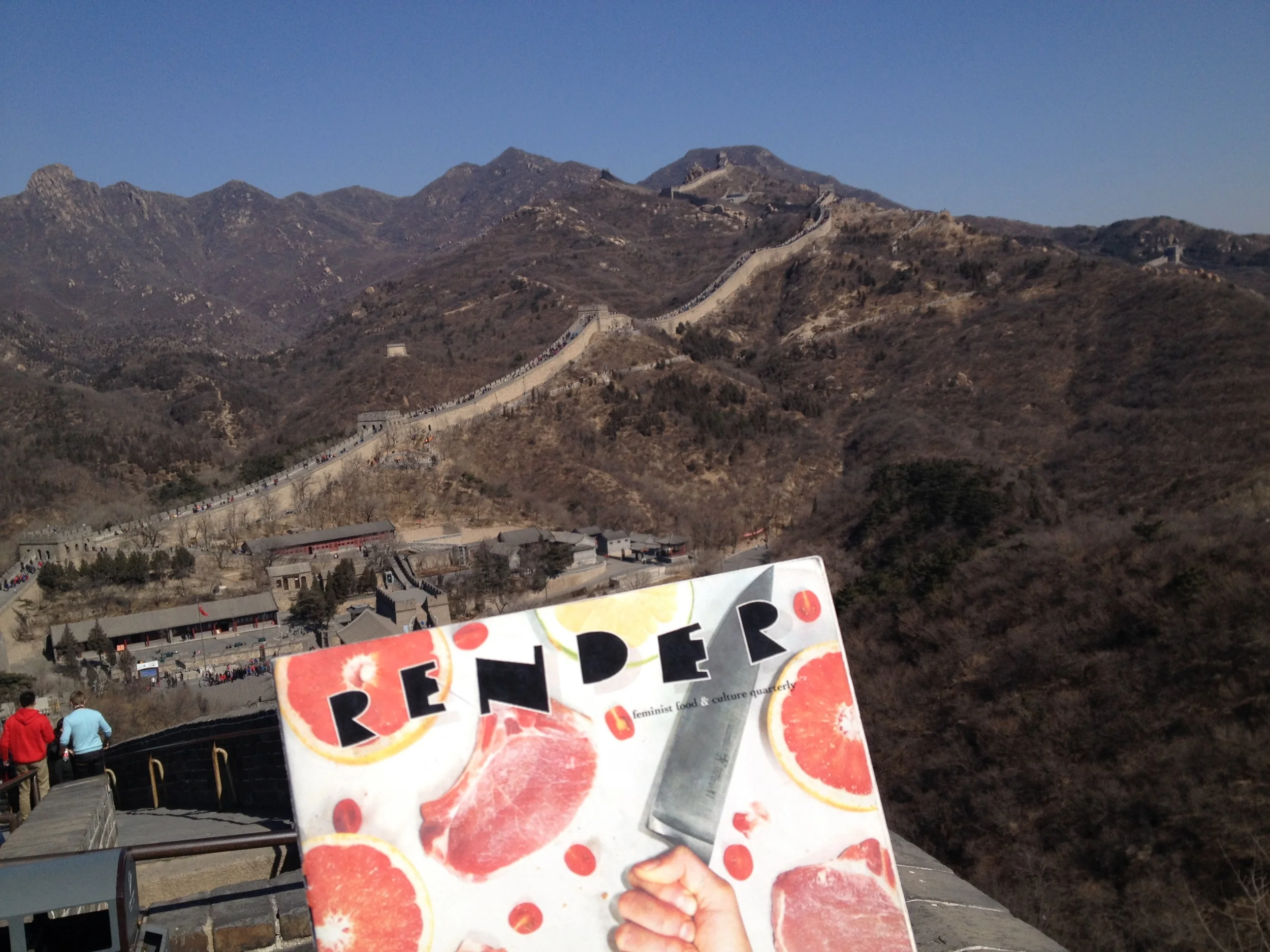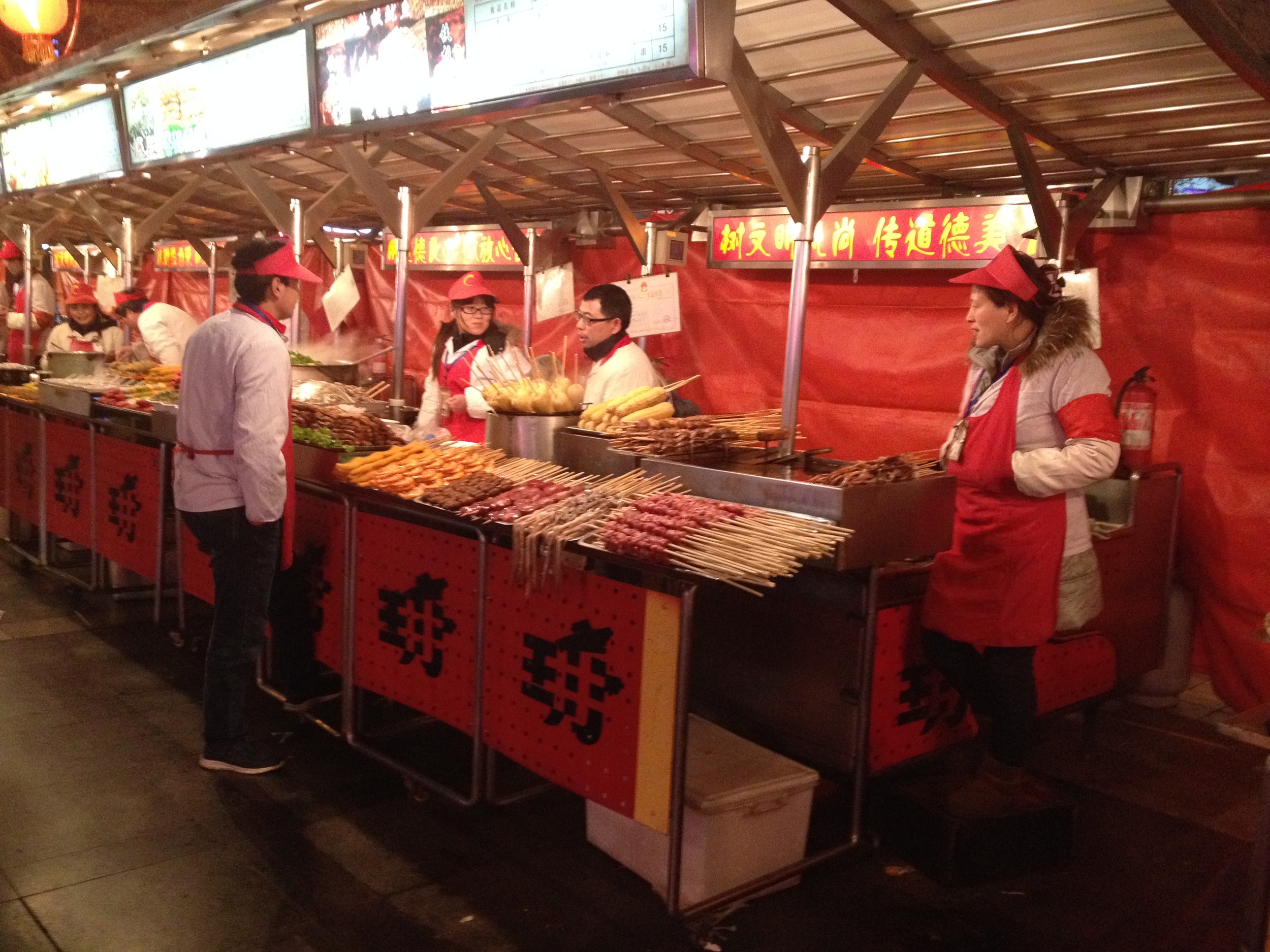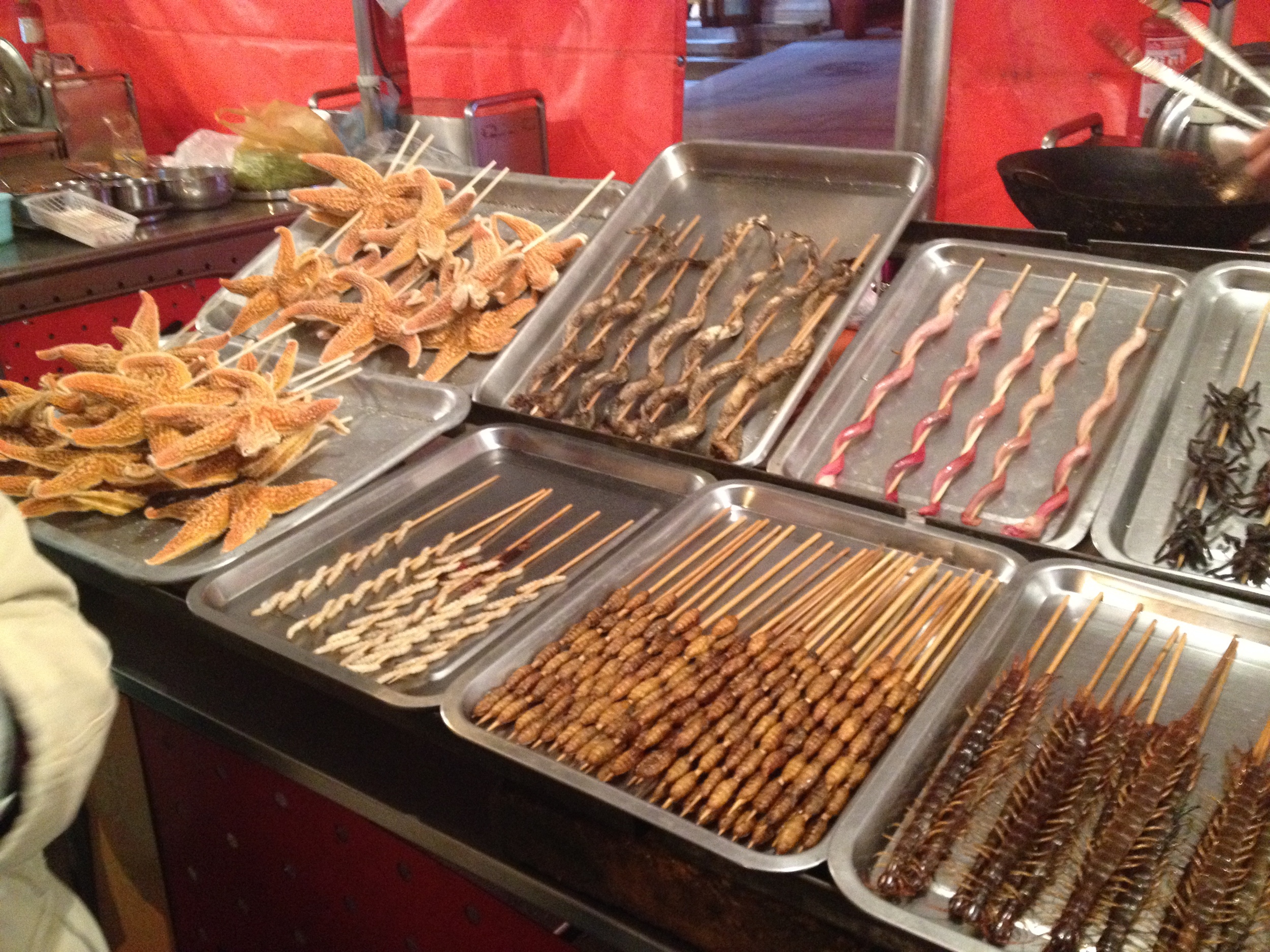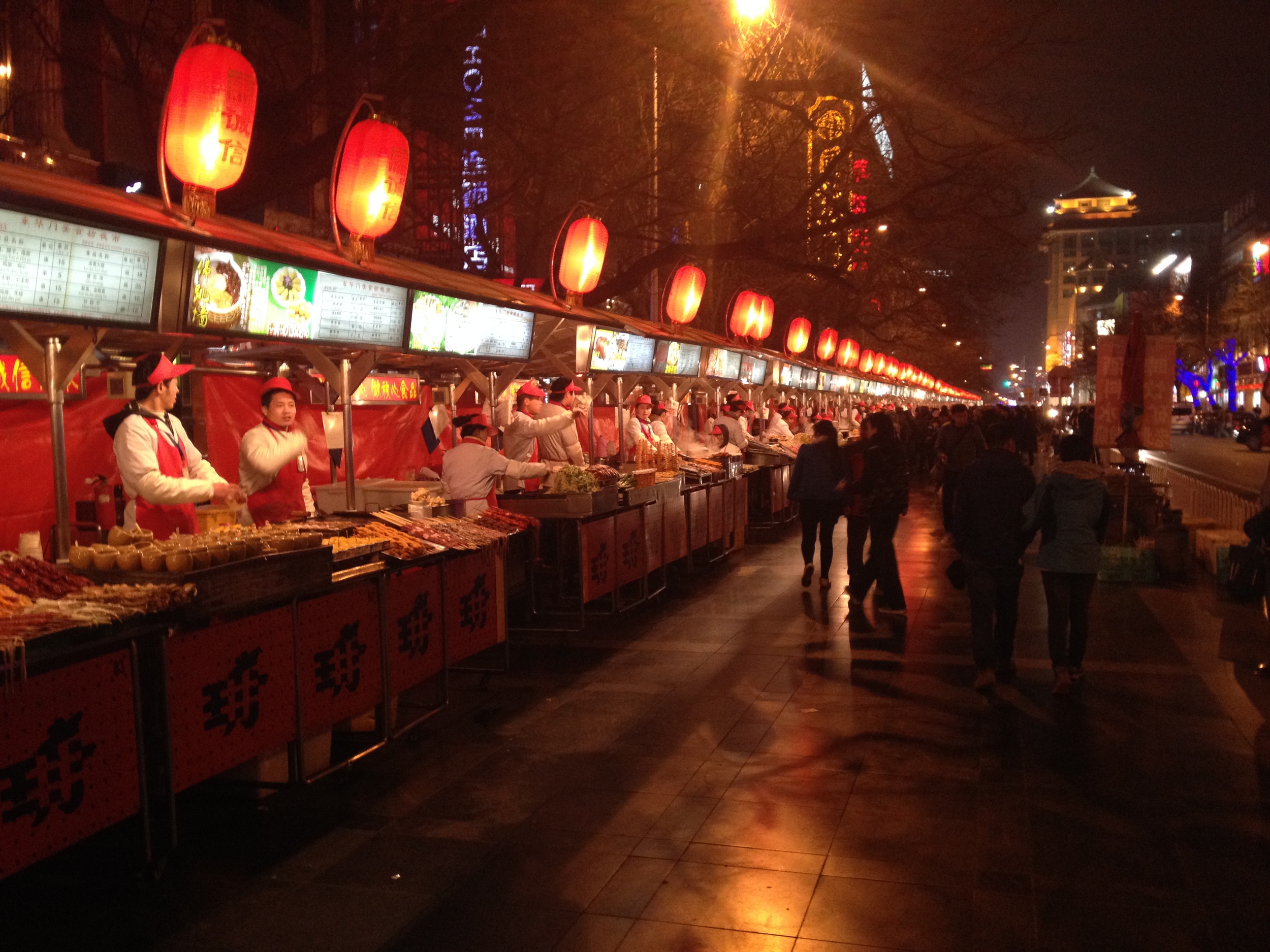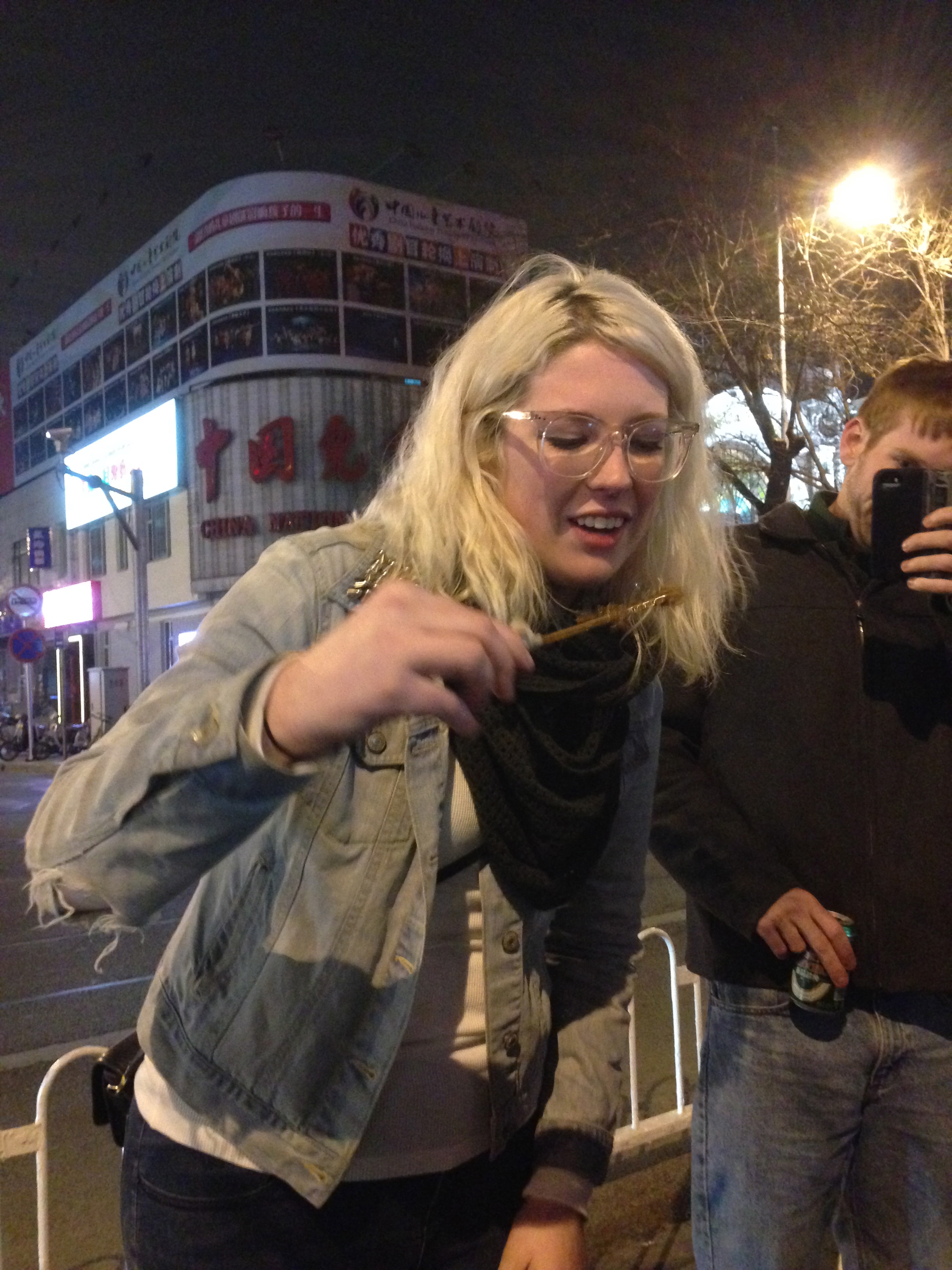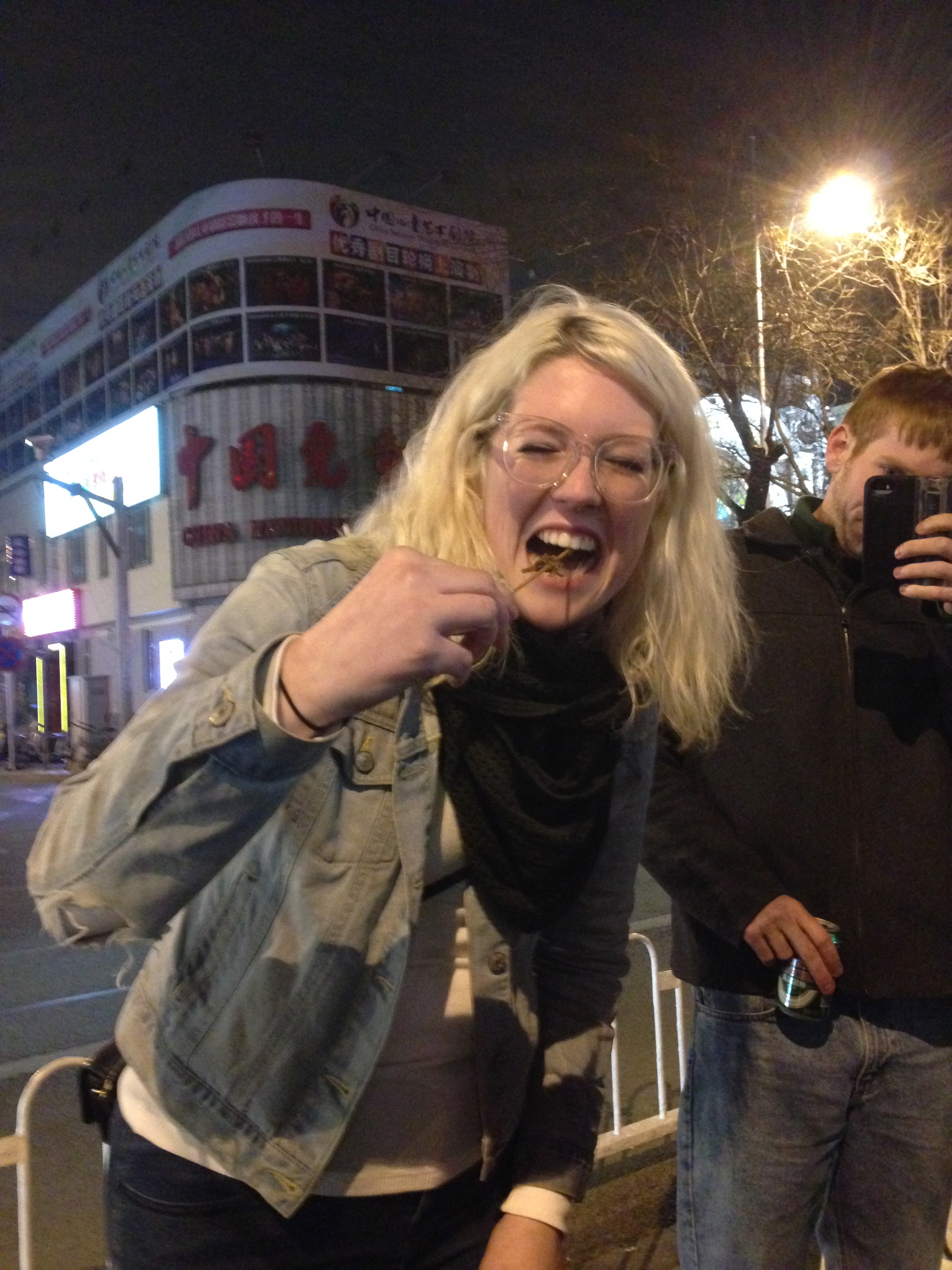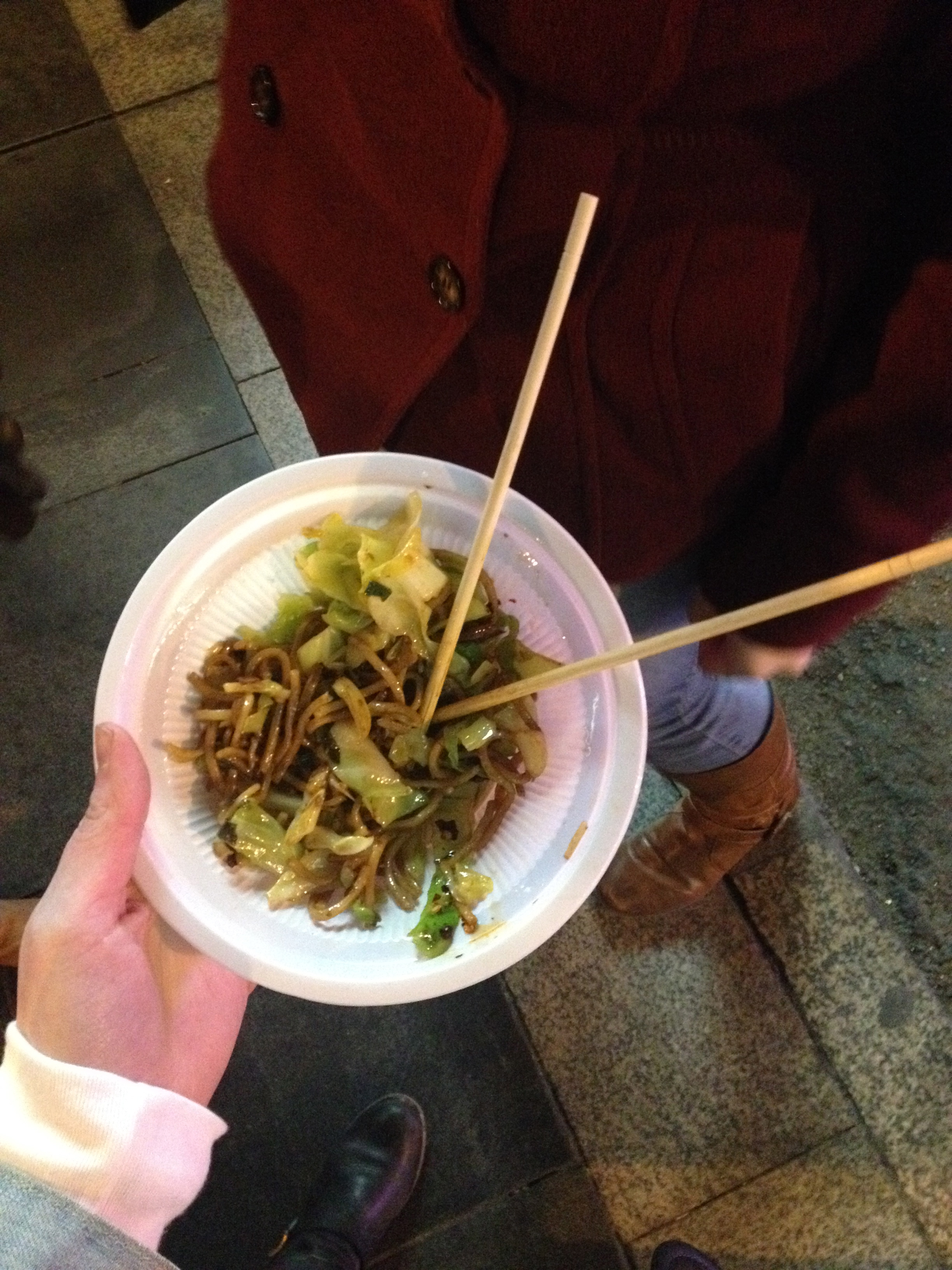Sunday was off to an early start. After a quick breakfast in the hotel, I boarded a bus and headed to the Great Wall of China. Considering the hotel sat on the luxurious Wang Fu Jing Shopping Street -- Beijing's version of 5th Ave -- traveling through China's countryside was an eye opening experience. In two hours, I went from being surrounded by five star hotels, to enormous apartment complexes in the sprawling suburbs, to some of China's poorest villages. The only constant in the short trip was the infamous smog that stretched from the city center all the way to the Badaling entrance of the Great Wall.
The tour guide, Sunny, was as bubbly and outgoing as her name suggested. She explained the history and culture of Beijing, injecting fun facts and humor throughout the bus ride. Her presence was truly a treat, and made the excursion that much more memorable.
Before I arrived at the Great Wall, people warned me that my blondness would attract a lot of attention. This was very true. As we climbed, countless tourists asked to take my picture, and the less courageous tried to sneak a photo while I wasn't looking. I was told that many of the people visiting the Great Wall came from small villages, and wanted to show their friends pictures of their Western "friends." It was a little fun but very hectic to be regarded as somewhat of a novelty for the day.
As a group, we hiked up the more difficult side, stopping every now and then to catch our breath. We only hiked a small portion of it, considering its length. The Wall was continuously expanded from the 3rd to 17th century, over successive Chinese dynasties, and spans over 20,000 kilometers (roughly 12,500 miles or more than 4 times the length of the continental United States.) After our descent, we ate lunch at a touristy spot, specializing in bad renditions of Western-friendly food.
We stopped at the Ming Dynasty Tombs on our way back to the city. Then, after a quick rest, I headed to Donghuamen Night Market, an entire city block devoted to street vendors selling deliciously strange snacks. Some delicacies-- such as the deep fried silk worms and scorpions on sticks-- were more strange than delicious. I knew that the vendors scorpions were doing so merely to attract tourists, and not because they are a traditional meal for the region, but I promised myself that I would try one anyway. They were as I expected-- crunchy and tasting like anything that comes out of a deep frier. If the opportunity presents itself again, I probably wouldn't eat another one, but I recommend that everyone tries a little scorpion once in their life!
Also on the menu: starfish. Again, while starfish aren't culturally relevant to Beijing, it was still a fun thing to try. After I paid for it, the vendor popped the starfish-on-a-stick into his wok's boiling oil for a few minutes, then handed it to me, demonstrating the proper way to dig in. You break off one leg at a time, then crack each leg individually, to expose the darkly colored meat. The smell was particularly fishy (duh!) and its taste can best be described as somewhere between crab and tuna, with a gamey note. To wash both of these oddities down, I opted for some succulent steam buns and a bowl of noodles and veggies.
Not surprisingly, a large portion of the vendors at Donghuamen were women. The small food operations seemed to be family run, and as a result, were staffed by teams of husbands and wives (or sons or daughters.)
I capped the day off with some bottles of Tsingtao at various bars surrounding the perimeter of Houhai, one of Beijing's largest lakes and a destination popular for its nightlife offerings.
On tomorrow's agenda: meeting up with some multimedia journalists, interviewing a woman who gave up her day job to pursue a Western-style online bakery, gorging on Yunnan hot pot, and a late night coffee with Little Punk.


